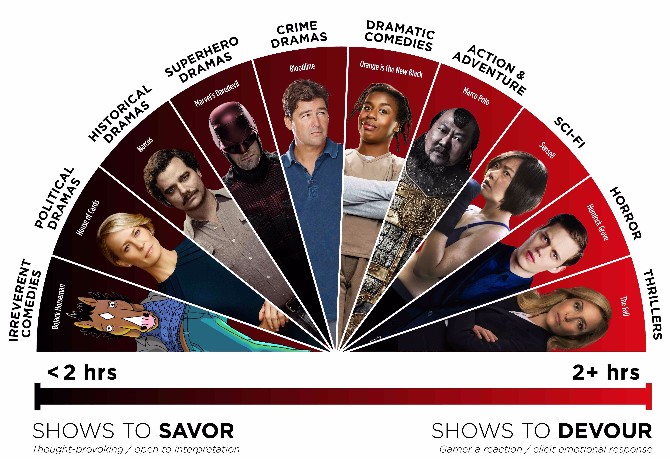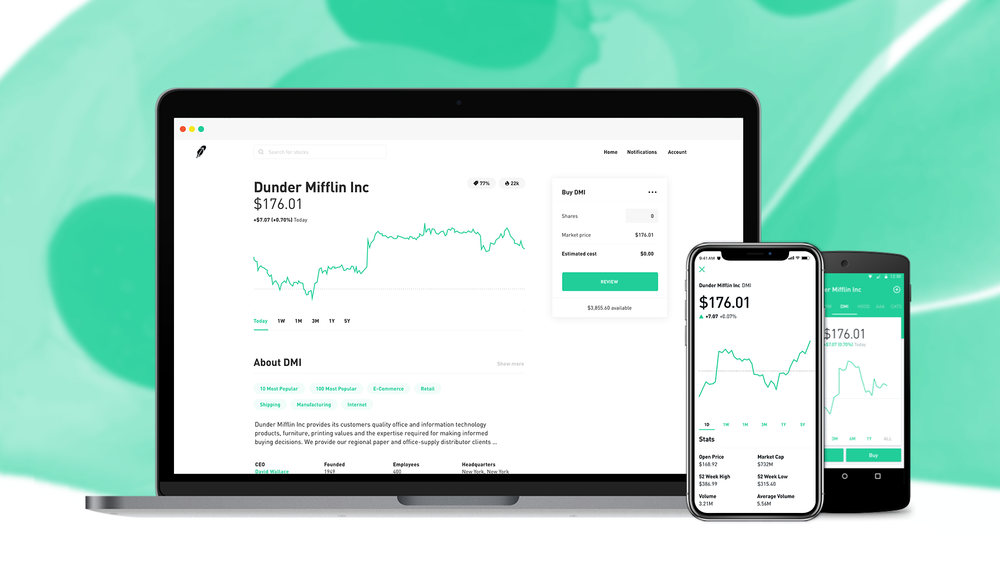Forex Trading
Swing Trading: Strategies For Becoming A Successful Swing Trader Stock News & Stock Market Analysis IBD

Swing trading is a trading strategy where traders hold onto positions for a short period in the hope of generating profits through market movements or swings. This strategy is not the same as day trading or position trading, also known as trend trading. Swing traders often occupy the middle ground, taking longer to trade than day traders but holding onto positions for a shorter period than position traders. One way to scalp and swing trade simultaneously is to enter multiple positions at the end of a trading day and then close out trades the following day.
- To offset this, day traders are often offered the “opportunity” to leverage their portfolios with more margin, four times the buying power rather than double.
- Swing trading and day trading have many similarities, but the most marked difference is the frequency of trades.
- Positions can be checked periodically or handled with alerts when critical price points are reached rather than the need for constant monitoring.
- The existence of a fiduciary duty does not prevent the rise of potential conflicts of interest.
- That means buying long at support levels, selling or shorting into resistance levels, and covering at support levels are what traders should strive for when swing trading.
Rather than the normal 7% to 8% stop loss, take losses quicker at a maximum of 3% to 4%. This will keep you at a 3-to-1 profit-to-loss ratio, a sound portfolio management rule for success. It’s a critical component of the whole system since an outsized loss can quickly wipe away a lot of progress made with smaller gains. Those types of gains might not seem to be the life-changing rewards typically sought in the stock market, but this is where the time factor comes in. It is important to thoroughly educate yourself, practice, and develop a robust strategy to increase the likelihood of success in swing trading.
Best Swing Trading Brokers
Day traders can find themselves doing all the work, and the market makers and brokers reap the benefits. Swing trading and day trading are both active trading strategies, but they differ significantly in terms of their time horizons and best platforms for day trading trading styles. Support and resistance levels are vital for interpreting chart patterns, identifying trend direction, and entry and exit points. Therefore, swing traders should apply an appropriate strategy to each market environment.
- Momentum will propel the market up or down for an extended period.
- Moreover, abrupt shifts in the market’s direction also pose a risk, and swing traders may miss out on longer-term trends by focusing on shorter holding periods.
- Swing trading offers a balanced approach to trading, providing more flexibility and reduced stress compared to day trading, while still offering the potential for significant profits.
- Day trading, on the other hand, demands intense focus and quick decision-making but offers the potential for daily income.
In addition to brokerage fees related to trade execution, margin is another important consideration for the swing trader. Swing trading, like all trading strategies, has its advantages and disadvantages. Swing trading consists of market participants attempting to profit from price swings of a minimum of one day and as long as several weeks. If proper risk management is implemented so losses are kept small and winning trades are allowed to grow, swing trading can be quite profitable. This article will discuss swing trading in greater detail, including the various strategies utilized, the risks involved, the best practices to follow, and how to get started.
Swing trading methods
Swing traders do not close their positions on a daily basis and instead may hold onto them for weeks, months, or even longer. Swing traders may incorporate both technical and fundamental analysis, whereas a day trader is more likely to focus on using technical analysis. A swing trader relies heavily on technical analysis to identify moments to enter and exit a position. A swing trader will often hold positions for at least several days, waiting for larger price movement in an attempt to generate greater profit using fewer trades.
What Is Swing Trading? Definition, Strategies, and Example – Business Insider
What Is Swing Trading? Definition, Strategies, and Example.
Posted: Tue, 13 Sep 2022 07:00:00 GMT [source]
Well, there are plenty of reasons to consider giving swing trading a try. A trader can measure their performance as a percentage of the trading channel width. The perfect trade would be buying at the bottom channel line and selling at the top channel line, which would be a 100% performance.
Swing Trading Crypto
In the majority of cases, swing traders invest in large-cap stocks, which are traded most frequently. Heavily traded stocks provide plenty of information for prospective investors to help them evaluate and predict market movements. The best approach to swing trading crypto partly involves technical analysis.

In these circumstances, swing traders can adjust their strategy in order to lower risks. A swing trading style, by contrast, may have a few transactions some days and nothing on others. Positions can be checked periodically or handled with alerts when critical price points are reached rather than the need for constant monitoring. This allows swing traders to diversify their investments and keep a level head while investing.
Trading Strategy
So you might hold a position overnight or even as long as a few months. But what about a trading style that’s somewhere in the middle … like swing trading? With its moderate time frame and focus on trends, swing trading requires different techniques for whittling down your watchlist than other types of trading.
Swing trading is less risky than other forms of short-term trading. By relying on technical analysis and holding positions for a short period of time, there is lower risk that you get stuck holding an unliquidated position. Much research on historical data has proven that, in a market conducive to swing trading, liquid stocks tend to trade above and below a baseline value, which is portrayed on a chart with an EMA). The goal of swing trading is to capture a chunk of a potential price move. While some traders seek out volatile stocks with lots of movement, others may prefer more sedate stocks.
Introduction to Swing Charting
Fibonacci retracement levels are derived from a number sequence discovered by a thirteenth-century Italian mathematician Leonardo Pisano, nicknamed Fibonacci. Fibonacci retracement levels are often key support and resistance areas. Although it is not based https://1investing.in/ on a Fibonacci ratio, the 50% retracement is also a significant level to watch. Fibonacci extension levels can serve as potential support and resistance areas and as profit targets. You’ll also need to think ahead of the day’s trades and positions.
Neither strategy is better than the other, and traders should choose the approach that works best for their skills, preferences, and lifestyle. While your position is open, there is an increased risk of changing conditions that result in your position no longer being successful. The breakout strategy, for example, is where traders try to take a position in a stock before it breaks resistance levels. The big hope is that it will explode, and traders want to ride the momentum. Swing trading might not be as hectic as day trading, but it still requires nearly constant monitoring and decision-making. If you’re trying to swing trade alongside a full-time job, you might find it difficult to keep up.
So it’s important for traders who engage in Bitcoin swing trading to be prepared for a fast-moving roller-coaster ride through extreme volatility. Some Simpler Trading traders prefer to use the -2 ATR band as an exit strategy. They close their long trade when the stock closes below the -2 ATR band. Another method to know when to close a trade is watching the moving averages.
The prior swing highs, or resistance, can be used as an exit area for the long trade. Alternatively, the trader may opt to exit before the price reaches resistance and the prior swing highs, or wait and see if the price can break through resistance and create a new swing high. The Fibonacci extension tool can also be applied to the chart to show probable resistance areas between the swing high and swing low.
The primary goal of swing traders is to identify a trend in the market and capitalize on that trend within a short time frame with the buying and selling of securities. Since swing trades can often fall over several days, you run the risk of the price of a stock going down over the weekend or overnight. Because these stocks have high trading volumes, they offer investors insight into how the market perceives the company and its security price movements.
